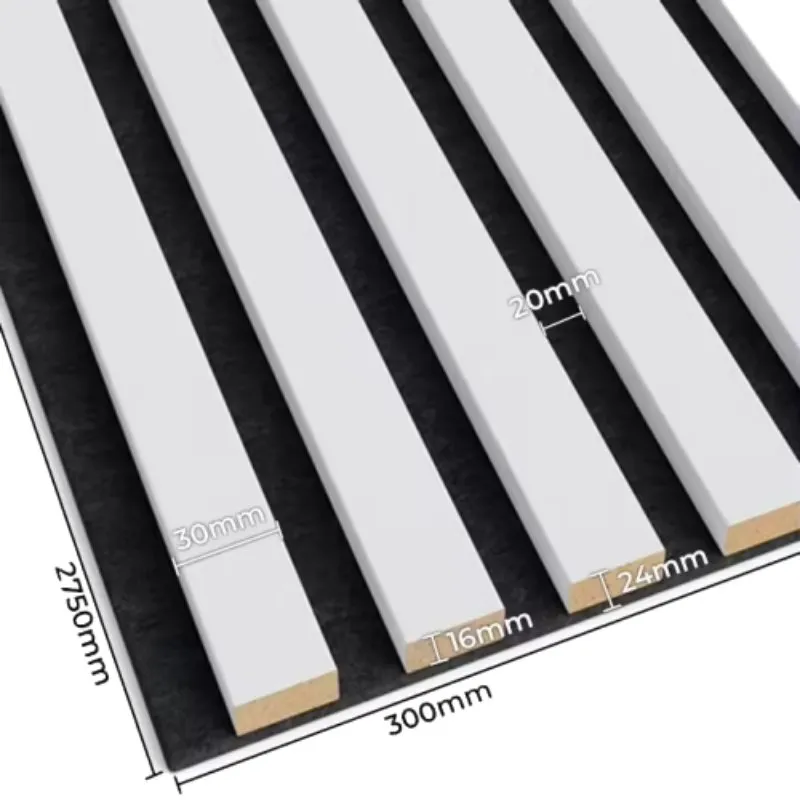Acoustic Insulation Wall Panels Enhancing Sound Control and Comfort
In our increasingly noisy world, achieving a peaceful environment is a challenge faced by many. Whether in urban areas where traffic and construction noises are constant or in workplaces needing high levels of concentration, sound control has become essential. This is where acoustic insulation wall panels come into play. These specialized panels are designed to optimize sound quality and minimize noise pollution, creating a more comfortable living or working space.
Understanding Acoustic Insulation
Acoustic insulation refers to the material used to reduce airborne and impact sound transmission. It can be applied in various settings, from residential homes to commercial offices, theaters, and studios. Acoustic insulation wall panels are particularly effective because they absorb sound waves, preventing them from traveling through walls. This insulation helps reduce noise from outside sources, such as street traffic or loud neighbors, and can also minimize sound travel between rooms.
Types of Acoustic Wall Panels
There are several types of acoustic insulation wall panels available on the market, each designed for specific purposes. One of the most common materials used is fiberglass, due to its excellent sound-absorbing properties. Fiberglass panels are lightweight, durable, and can be covered with fabric to match any interior design.
Another option is foam panels, which are often found in recording studios and home theaters. These panels absorb sound energy, reducing echoes and reverberation. Their unique shapes, such as pyramids or wedges, enhance their sound-dampening abilities. While foam panels are effective for controlling sound quality, they may not provide the same level of insulation as denser materials like fiberglass.
Wooden acoustic panels are also popular. They add an aesthetic appeal to a space, offering a natural look while effectively controlling sound. These panels can be engineered to enhance specific frequencies, making them ideal for environments where sound clarity is paramount, such as music studios and conference rooms.
acoustic insulation wall panels

Benefits of Acoustic Insulation Wall Panels
Investing in acoustic insulation wall panels presents numerous advantages. Firstly, they create a more pleasant environment by reducing unwanted noise levels. This can lead to increased productivity in workplaces, better learning conditions in schools, and improved relaxation at home.
Secondly, acoustic panels can enhance the overall sound quality of a space. By minimizing echoes and reverberation, these panels allow for clearer communication and a more enjoyable auditory experience. In venues like cinemas and concert halls, quality sound is crucial, and implementing acoustic panels can significantly enhance the audience's experience.
Another key benefit is energy efficiency. Acoustic panels can contribute to thermal insulation, helping to regulate indoor temperatures and potentially lowering heating and cooling costs. This dual functionality makes them a valuable addition to any building.
Installation and Design Considerations
When considering acoustic insulation wall panels, proper installation is vital to maximize their effectiveness. Panels should be strategically placed in areas where sound reflection is common, such as near windows, doors, or hard surfaces. Additionally, selecting the right design and material to complement the room's decor can enhance both aesthetics and functionality.
In summary, acoustic insulation wall panels are an excellent solution for managing sound in various environments. By choosing the appropriate type, understanding the installation process, and considering design elements, individuals can create quieter, more comfortable spaces that enhance their quality of life. Whether in homes, offices, or public venues, the benefits of acoustic panels make them an investment worth considering for anyone seeking peace and tranquility amidst the noise of modern life.
